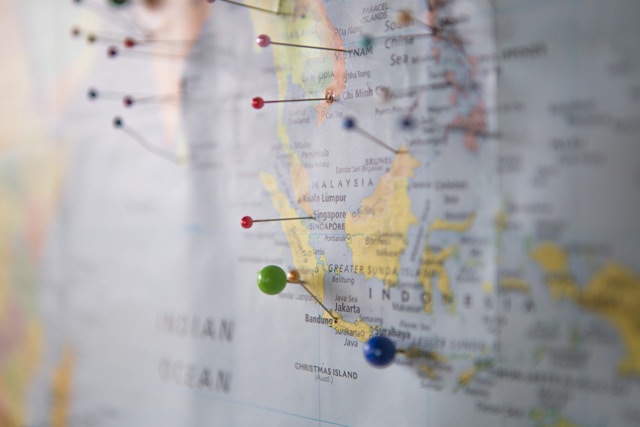History of Malaysia’s Time Zone Changes
| Year | Time Zone | Description |
|---|---|---|
| During Japanese Occupation | UTC+9 | Unified time zone with Japan |
| 1963 | UTC+7:30 & UTC+8 | When Malaysia was established, it was divided into two time zones, West Malaysia used UTC+7:30, East Malaysia (Sabah and Sarawak) used UTC+8. |
| 1982 | UTC+8 | Malaysia unified the national standard time to UTC+8 to align with East Malaysia's time. |
Historical Geographical Factors
Although Kuala Lumpur in the Malay Peninsula is located near the longitude of UTC+7, Malaysia decided to unify the national standard time to UTC+8 in 1982 to promote exchange and unity between East and West Malaysia.
This decision aimed to reduce the time difference with East Malaysia (Sabah and Sarawak) and promote interaction between the two regions. This time unification made public institutions and business activities more effectively coordinated.
Economic Considerations
Adopting UTC+8 also helped Malaysia maintain consistency with its major trading partners such as China and Singapore, as these countries also use the same time zone. This consistency promoted trade and business exchanges, reducing communication barriers caused by time differences.
History of Singapore’s Time Zone Changes
| Period | Time Zone | Description |
|---|---|---|
| During Japanese Occupation | UTC+9 | Unified time zone with Japan |
| Independence in 1965 | UTC+7:30 | Chose the same time zone as Malaysia |
| 1982 | UTC+8 | Singapore followed Malaysia in changing to UTC+8 due to close economic and social ties between Singapore and Malaysia, to reduce business operation difficulties caused by time differences. |
Economic Considerations
Singapore is an important international trade center, and its economic development relies on close ties with neighboring countries (especially China and Malaysia). Adopting UTC+8 eliminates time differences with these countries, facilitating business exchanges.
For example, when companies in China start business at 8 AM, Singapore can operate simultaneously, reducing potential business friction and communication delays.
Geographical Factors
Although in terms of longitude, Singapore's location is closer to UTC+7, the actual time used often does not completely depend on longitude. Singapore’s choice of UTC+8 was actually to better adapt to its geographical location and economic needs.
This choice reflects the flexibility of the time zone system in real life, with no need to strictly divide by longitude.
